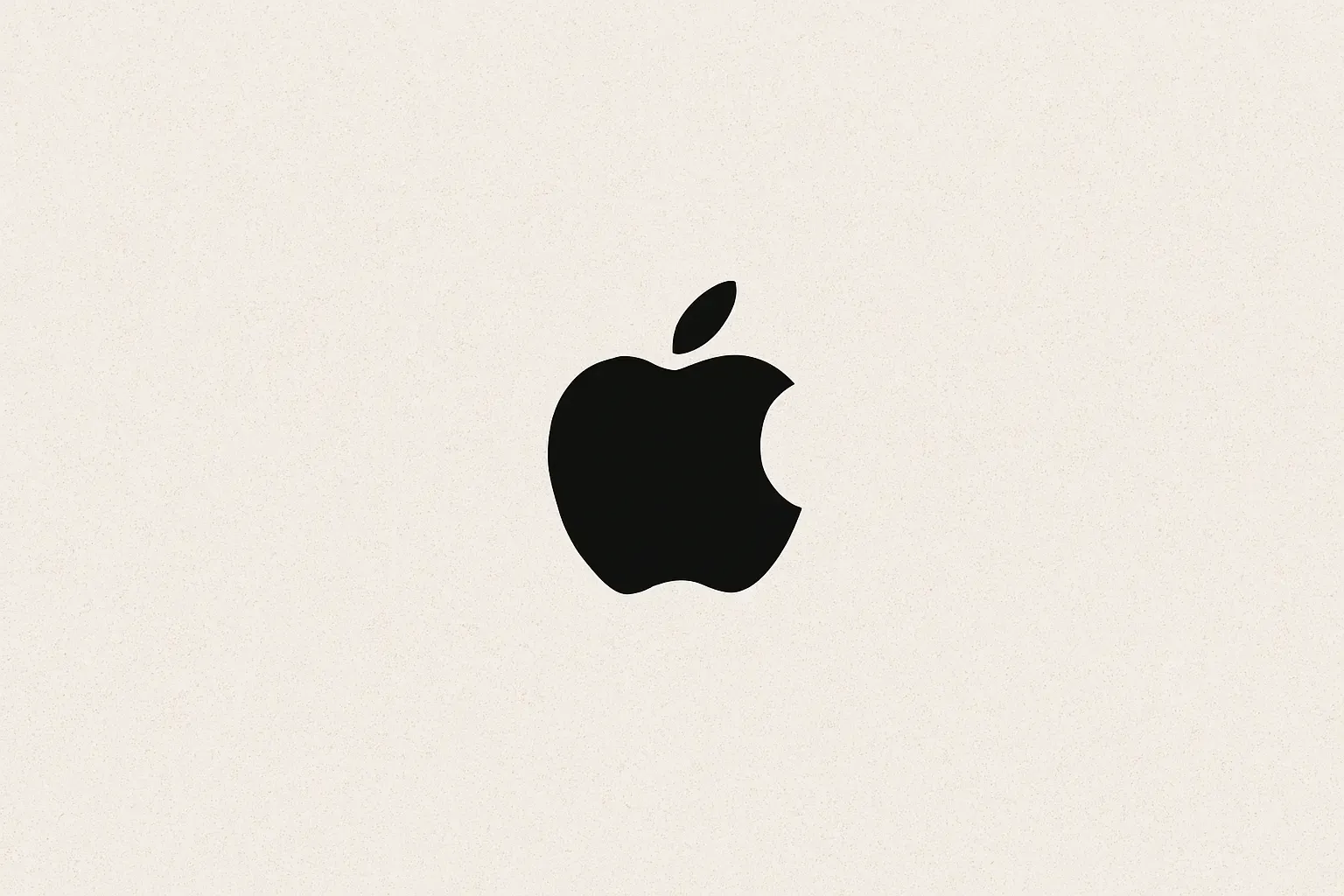Why apple fanboys exist (and what brands should actually learn from them)
Neuroscience shows why people treat Apple like family — and what that means for brand marketers.

Apple fans don’t just like the brand — they defend it. For marketers trying to understand how brands build deep loyalty, it’s not about product specs or ad spend. Insights compiled by Big Think from various neuroscience studies suggest that the bond between people and brands like Apple is rooted in how the brain processes identity, emotion, and group belonging.
The term “apple fanboy” has been around for years. It describes someone who has strong emotional loyalty to Apple — sometimes irrationally so. These users not only buy Apple products consistently but also advocate for the brand, dismiss criticism, and often refuse to consider alternatives, even when logic might say otherwise.
So how did a tech company build that kind of emotional power? And why do some brands — but not others — trigger this level of loyalty? The answer lies in how branding shapes the brain.
What brand marketing actually does
This behavior isn’t accidental. It’s the long-term effect of brand marketing — the practice of shaping how people feel about a company or product over time. While performance marketing focuses on short-term conversions, brand marketing is about building perception. It’s the process of creating emotional and psychological associations that influence future decisions.
Apple’s dominance didn’t come from one ad. It came from decades of consistent messaging that built meaning, status, and identity into the brand. That consistency turned a product into a personality marker — and a company into something worth defending.
Branding changes how people think — literally
The insights compiled by Big Think include brain imaging studies comparing Apple and Samsung users. Apple fans showed strong emotional responses when hearing about their brand — reward circuits lit up with positive news, and pain centers activated with negative news. Samsung users, on the other hand, showed no real emotional attachment to their brand.
But they did react to Apple — in reverse. Good news about Apple triggered negative reactions. Bad news about Apple activated reward areas in the brain. It’s rivalry, not loyalty.
This kind of brain activity isn’t accidental. It’s a result of brand marketing done well. When a brand becomes part of how someone defines themselves, the reaction is no longer just about liking a product — it’s about identity protection.
Emotion over logic: how system 1 dominates decisions
Daniel Kahneman’s two-system model helps explain what’s going on. In his book Thinking, fast and slow, he describes two types of thinking:
- system 1: fast, automatic, emotional
- system 2: slow, deliberate, analytical
Most brand decisions happen in system 1. That means emotion, familiarity, and identity play a bigger role than features or pricing. Marketers who focus only on rational benefits are targeting system 2 — the part of the brain that gets overridden by emotion when the decision happens in real life.
Apple succeeded by embedding itself into system 1 thinking. Its brand marketing doesn't just show what the product does — it creates the feeling that owning Apple means being smart, creative, and forward-thinking. That’s the shortcut the brain uses when making a decision in seconds.
Branding as social sorting
Branding also plays another role: it helps people sort themselves into groups. Humans are wired to pay attention to social signals. From tribal markings to designer sneakers, the things we display say something about who we are — or who we want to be.
In the Big Think article, neuroscience professor Michael Platt explains how early branding strategies used sex and status to capture attention, even before product details mattered.
He points out that even monkeys show preference for images associated with status. The implication: humans evolved to respond to social signals, and brands that align themselves with those cues gain an advantage.
Apple didn’t just market a phone. It built a tribe. You could argue the same for Nike. These brands don’t just sell utility. They sell membership.
Self-image congruity: people buy what fits their identity
This phenomenon has been studied for decades. In marketing, it’s known as self-image congruity — the idea that consumers prefer brands that match their self-perception.
If someone sees themselves as ambitious and performance-driven, they may pick Nike over Under Armour because it aligns better with how they view themselves. Nike’s message is about pushing limits. Under Armour often positions itself as the underdog. Both are valid identities — it’s just a matter of which one the consumer identifies with more.
Americus Reed II, a marketing professor quoted in the article, explains that choosing brands is a form of identity signaling. Every purchase communicates something. People aren’t just buying what a product does. They’re broadcasting what they believe, who they are, and what group they belong to.
What brands can actually learn from this
If you’re building a brand and want the kind of loyalty Apple has, focus less on persuading and more on connecting. Here’s what that means in practice:
- Build for emotion: don’t just show how the product works — show how it makes people feel
- Align with self-identity: understand how your audience sees themselves and position your brand as consistent with that image
- Reinforce social cues: create a brand experience that signals membership, not just ownership
- Make brand interaction habitual: build familiarity so decisions become automatic — part of system 1 thinking
Consumers don’t defend products. They defend beliefs. They defend the parts of their identity they’ve linked to brands. Apple’s fan loyalty isn’t accidental — it’s built on years of brand marketing that targeted emotional instincts, not just product comparisons.
Most brands won’t become Apple. But they can learn from how it happened.
Source:
Source: Big Think. (2021, July 27). The neuroscience of branding: How Apple and Nike have branded your brain. Retrieved from https://bigthink.com/neuropsych/how-apple-and-nike-have-branded-your-brain


